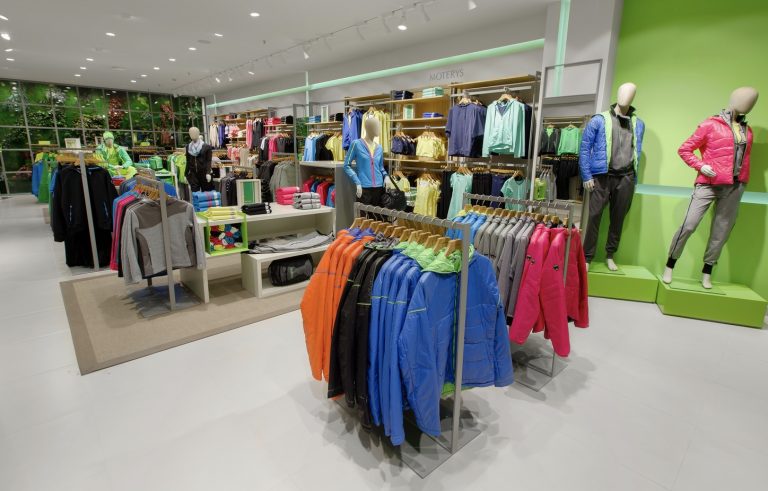Starting a retail business can certainly be a daunting experience, particularly if it’s your first time embarking on a business venture. There are a lot of things to consider, prepare for and plan out so that you can successfully roll out your idea and turn it into a thriving business. To help you get started on your retail journey, this article is going to offer some top tips for starting a retail business. It will cover some of the important processes that you should go through to start your new retail business and offer advice to help get you to a comfortable and successful position with your new venture.
Story Stages
The Importance Of Business Plans & Goals
It may be tempting to dive straight into a retail business, but it is much easier to start your journey with a business plan to guide your progression. This allows you to assess the viability of your concept and determine what needs to be done to move forward with the business venture. Your business plan should outline a strategy that gets your business off the ground and provide useful insights to help you get there. A business plan also looks at timelines to give you an overview of how long it might take to get your retail business up and running.
A business plan is almost like a template for your business and how you intend to roll out the initial stages of setting it up. Try to incorporate things like employee hiring strategies, market analysis, financial outlooks and projections, finding shareholders and investors, and other important features that go into the retail industry.
Your business goals should be used to push your business forward and help motivate your actions by directing them towards specific targets. These goals should be clearly defined, measurable and realistic so that you aren’t setting yourself up for failure. So, if you have a business goal related to profitability, be specific about what figure you are aiming to hit.
Tactical Product Placement & Positioning
A retail business has a few unique considerations that can really help grow your business. As you deal with physical products in the real world, how you present them to customers can be an important part of how many products you sell. Product placement is a bit of a science, so take the time to learn about the best way to position your products to boost sales. There are five main placement concepts to consider depending on the product:
• Block placement puts related items together
• Vertical placement places items across multiple shelf levels
• Commercial placement puts high-value items in prominent locations
• Margin product placement puts the most profitable products in prominent locations
• Market share placement puts high-revenue generating products in easy-to-reach locations
You should also consider how you procure your products when looking at the financial side of starting a business in retail. For example, buying wholesale can help your business save a considerable amount of money by buying products in bulk. Wholesale companies like Widdop provide a great range of products for various different businesses, including trending products, so that retail companies can save thanks to the bulk buying options. With the right preparation and planning, starting a retail business can be a relatively straightforward endeavour with a great chance of success.
Finding Your Target Audience
A key factor when starting any business is getting it right when finding your target audience. Your target audience can be found by performing market research to identify key demographics that would be interested in your business offerings. This can be done by looking at competitors, finding gaps in the market or looking at your locality to see if there is sufficient demand for your business. By identifying your target audience, it can provide a clear focus as to who your business will serve, which can make gaining a group of customers and awareness of your business much easier thanks to targeting the right people.
Tailor Your Marketing Efforts
Your company marketing and branding is an important feature of your business that should be tailored to your customer base. Good retail marketing aligns with your company values, business logos, storefront and the overall theme of your business. From the way you advertise your products to the way you speak with customers, your marketing and branding should be carefully considered to attract the right audience.
For example, think about how you wish to communicate with your audience- are you informal, comical or formal? Your branding should align with this tone. Furthermore, you should consider what your target audience wants to see. If it’s a younger crowd, bright colours and informal language works well. For more mature audiences, try to focus on sleek and formal design and branding choices. As well as this, businesses can also benefit from providing the right experience for customers and prioritising the quality and consistency of your products to them, as this can lead to a long-lasting positive effect on each of your customers, persuading them to come back again.
